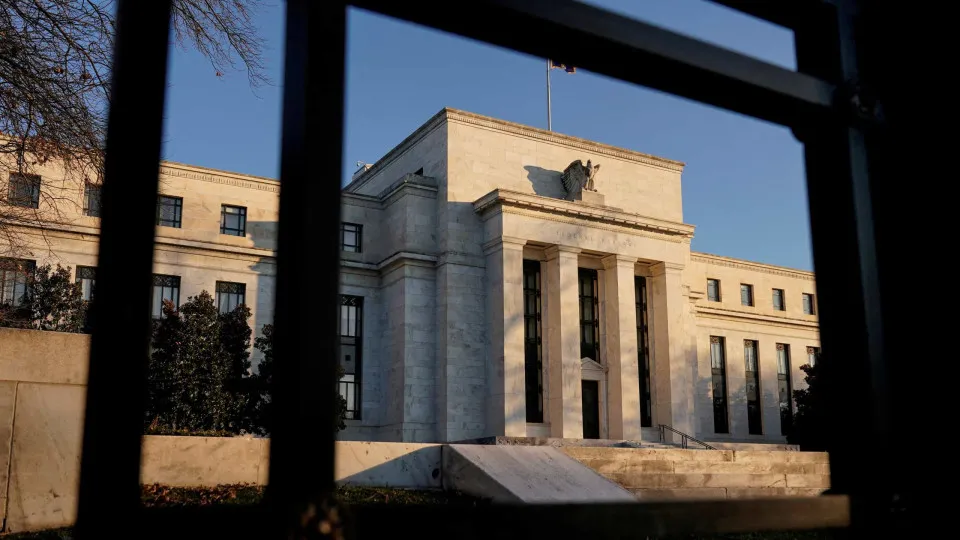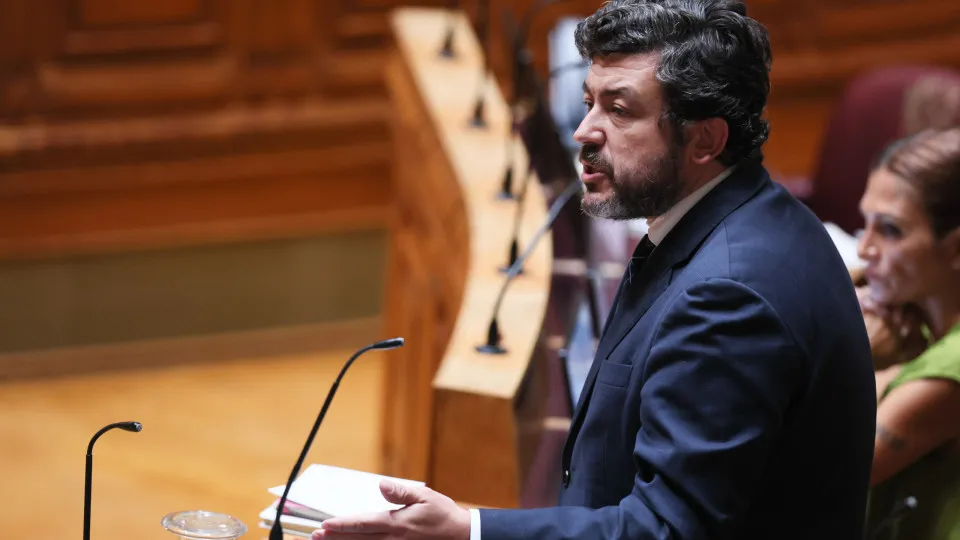
The potential decrease would mark the second modification of the year for the central interest rates, currently set between 4% and 4.25%. This follows a previous 0.25-point cut in September.
The Federal Open Market Committee (FOMC) members, meeting since Tuesday morning, are required to decide on interest rates without access to the statistical data used to gauge the health of the U.S. economy.
The ongoing government shutdown in the United States has obstructed the release of crucial statistical data, particularly unemployment figures and the personal consumption expenditures (PCE) index, which is prioritized by the Federal Reserve in shaping its monetary policy.
The White House announced last week that October’s inflation figures might not even be collected.
Without updated data, it becomes more challenging for the Fed to ascertain the true state of the American economy, especially in fulfilling its dual mandate: achieving full employment and keeping inflation at 2% annually.
The public services shutdown itself could also negatively impact the economy in the coming months, depending on its duration. Approximately 750,000 federal employees have gone nearly a month without pay, potentially affecting consumer spending, a critical economic driver.
The U.S. job market shows signs of slowing, particularly in new hires, posing a risk to the economy. Analysts suggest that a drastic drop in migration flows has prevented an increase in unemployment, which stood at 4.3% in August—the latest available data.
However, unemployment and inflation may not be the only challenges for the Federal Reserve, as highlighted by KPMG’s chief economist Diane Swonk.
“The Fed must also address liquidity in financial markets while managing its significantly expanded balance sheet,” Swonk emphasized. In case of an economic slowdown risk, a central bank might initiate quantitative easing by purchasing market assets to inject liquidity.
After adopting such measures during the 2008 financial crisis and the COVID-19 pandemic, the Fed has begun a period of monetary tightening, withdrawing liquidity and returning acquired assets to the market.
Michael Krautzberger, an analyst at AllianzGI, concurs that discussions on ending quantitative tightening should intensify by the year’s end, with the Fed’s balance sheet reduction expected to conclude by the first quarter of next year.
“This would indicate a shift towards more accommodating liquidity conditions, reducing pressure on financing markets,” considers Florian Späete, an analyst at Generali AM. He anticipates that an early end to quantitative tightening and improved liquidity could foresee “a smooth landing for the U.S. economy as the Eurozone moves towards gradual recovery.”
The FOMC consists of 12 members: the seven members of the Federal Reserve Board of Governors, the president of the Federal Reserve Bank of New York, and four of the remaining 11 Reserve Bank presidents, who serve one-year rotating terms.




